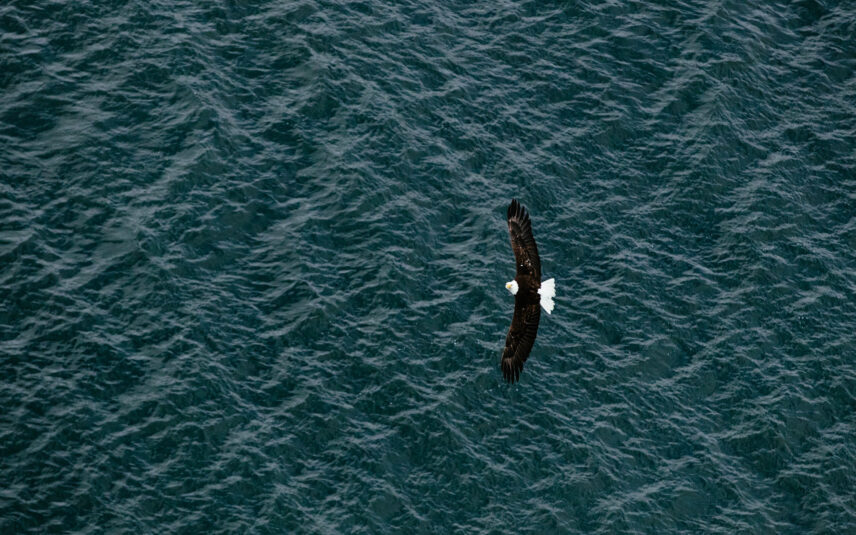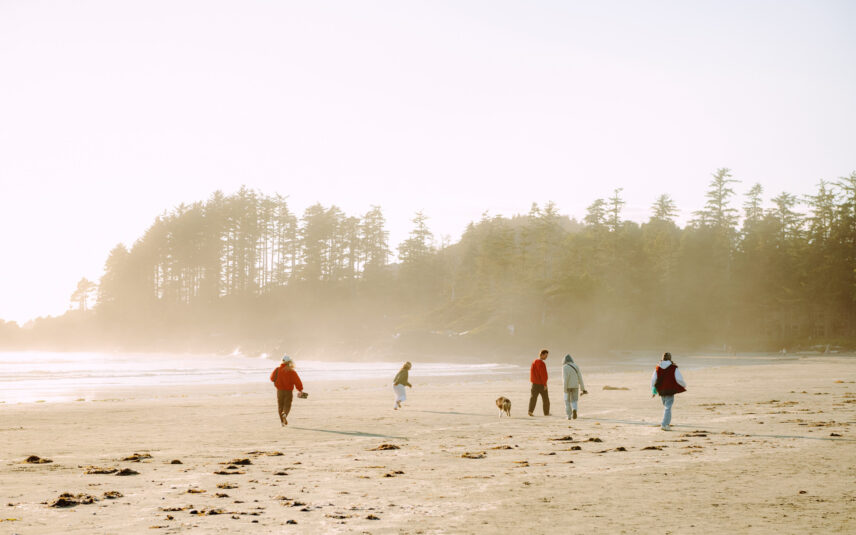
Apr 21, 2025
Summer in Tofino: Your Ultimate Guide
There’s no shortage of ways to spend summer days in Tofino. This guide isn’t meant to be read top to bottom (unless you really want to). Skip around, follow your…
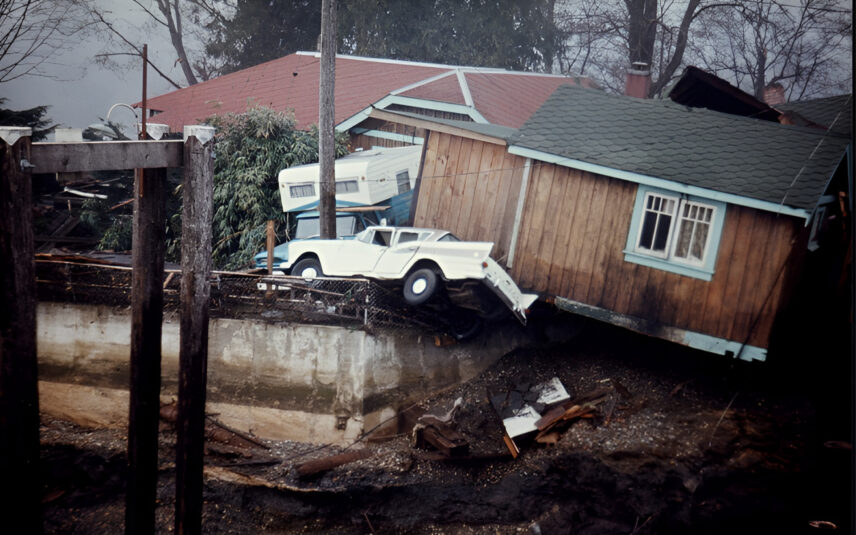
Apr 14, 2025
Tsunamis and the Big One: A Tofino History Lesson
This week (April 13–19, 2025) is Emergency Preparedness Week—a reminder that while Tofino is full of wild beauty and adventure, it’s also in a seismically active zone, so understanding coastal…
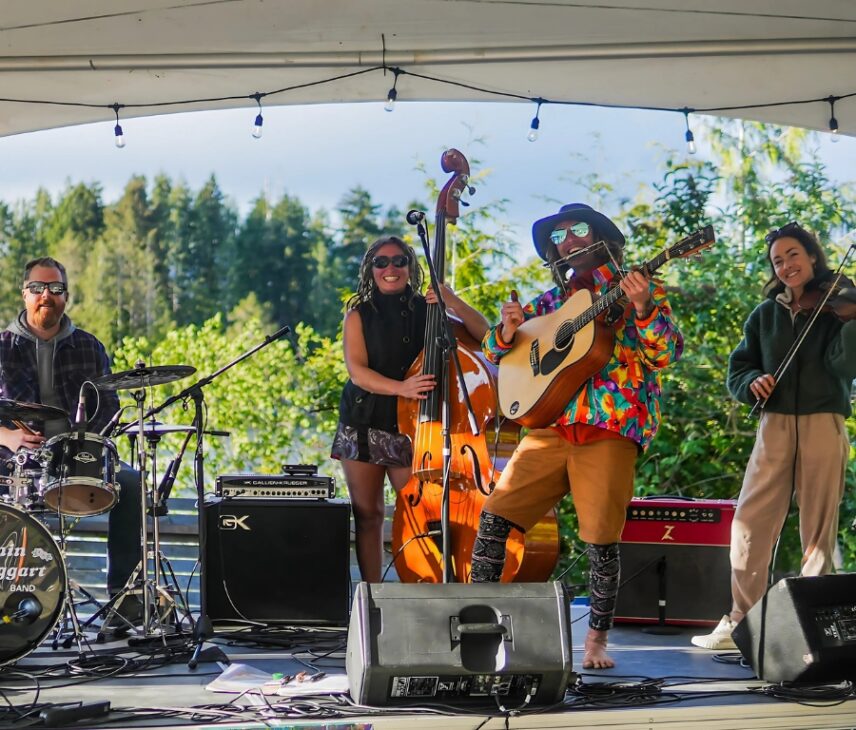
Apr 09, 2025
May 24 – Songs for the Sound: Live Music. Community. Conservation.
Join us on May 24, 2025 from 4:00 PM – 9:00 PM for an evening of live music, community, and a cause that matters (and beer + snacks). Seriously,…

Apr 08, 2025
May 9-11 – Rip Curl Surf Nationals 2025
Another year of Canada’s biggest surf competition is taking place at Cox Bay. The waves are calling, and Canada’s biggest surf event is back. The legendary Rip Curl…
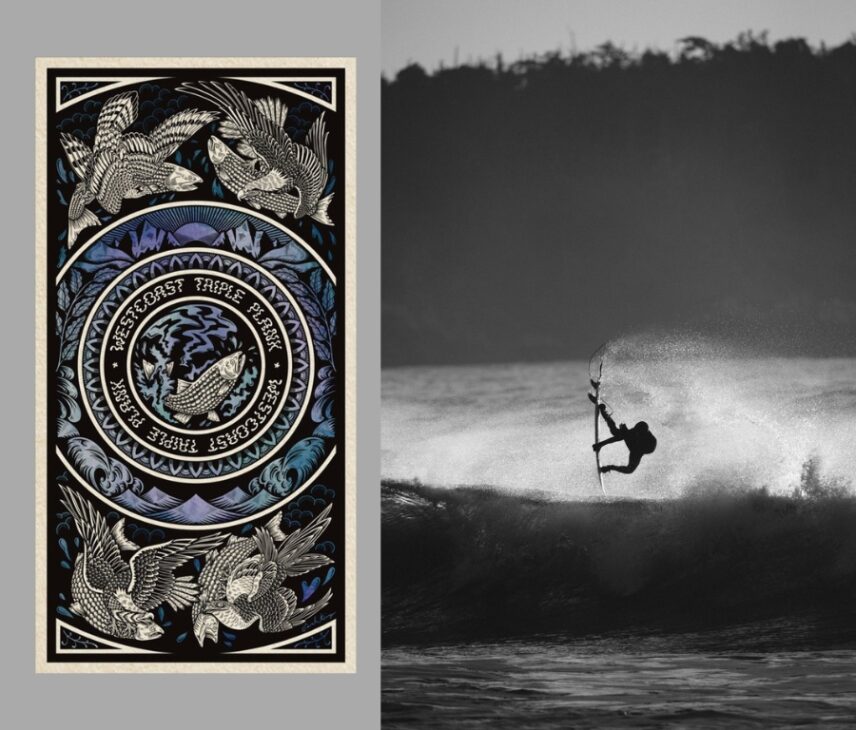
Apr 08, 2025
May 1-4 – Westcoast Triple Plank in Tofino & Ucluelet 2025
Snow. Surf. Skate. Mt. Washington. Ucluelet. Tofino. This epic three-part event, taking place May 1–4, 2025, is back for its 8th annual fundraiser. Yes, 100% of the…
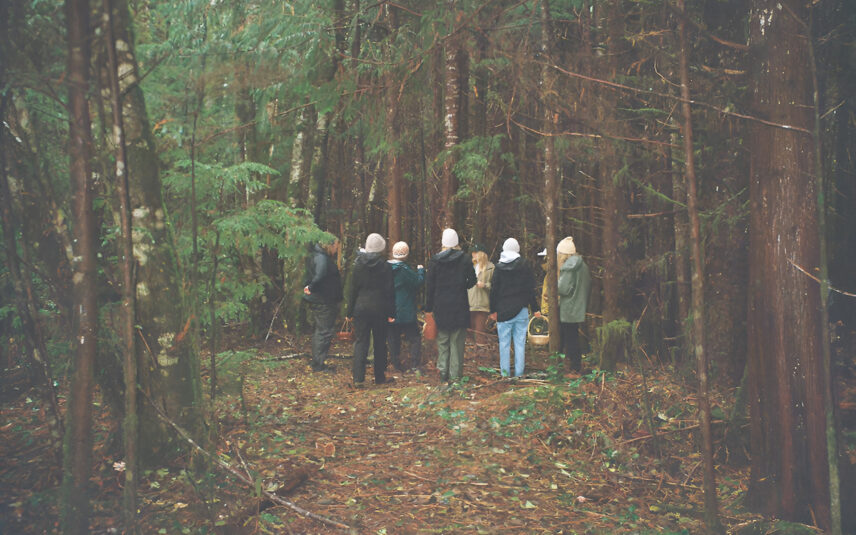
Sep 17, 2024
Embracing Fall in Tofino: A Season of Foraging and Natural Beauty
Fall in Tofino: Birdwatching and Mushroom Foraging Adventures As summer fades and the crisp air of fall settles in, Tofino transforms into a sanctuary for nature lovers. The slower rhythm…
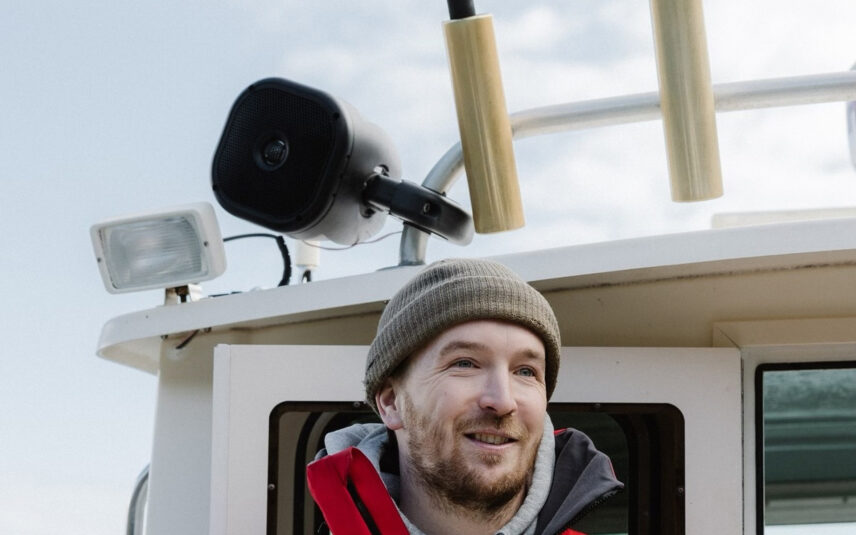
Jul 05, 2024
Q&A Session with Captain Dave
Meet Captain Dave, our dedicated head Wildlife Guide at Tofino Resort + Marina. With seven years of experience guiding tours in Tofino and Clayoquot Sound, Dave’s passion for the area’s…

May 27, 2024
Nurturing Nature—Make your Vacation Meaningful
Explore some of our sustainability partnerships that help make your vacation meaningful. In the ethereal landscape of Tofino, where rugged coastlines meet ancient forests, preserving the natural splendor is more…
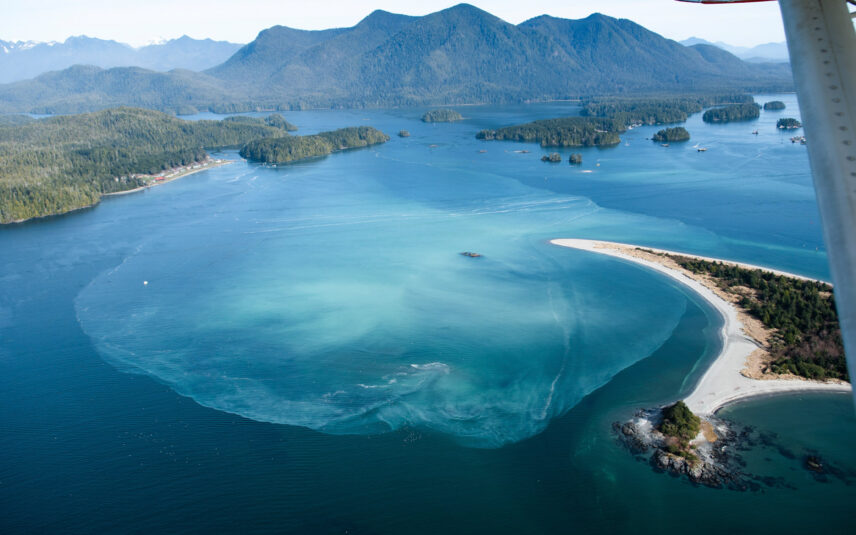
Mar 21, 2022
Small Fish Making Big, Big Love in Tofino
Did you know some of the richest spawning grounds for Pacific herring between California and Alaska fall smack dab in our waters? Herring play an important role as the preeminent…

Jun 18, 2021
The Wolves of the West Coast
Beautiful and wild. Let’s try and keep them that way. Often feared and always elusive, the wolf has been vilified since humankind has existed, and for good reason…at least way…
